Whether you are completely new to canoeing or an enthusiastic novice who wants to brush up, knowing all the parts of the canoe will make you a more knowledgeable paddler.
It will also help you make better decisions when purchasing a new or used canoe and provide a foundation for you to learn from. Use this guide and brush up on the specifics of each canoe part with our terminology list below. Happy canoeing!
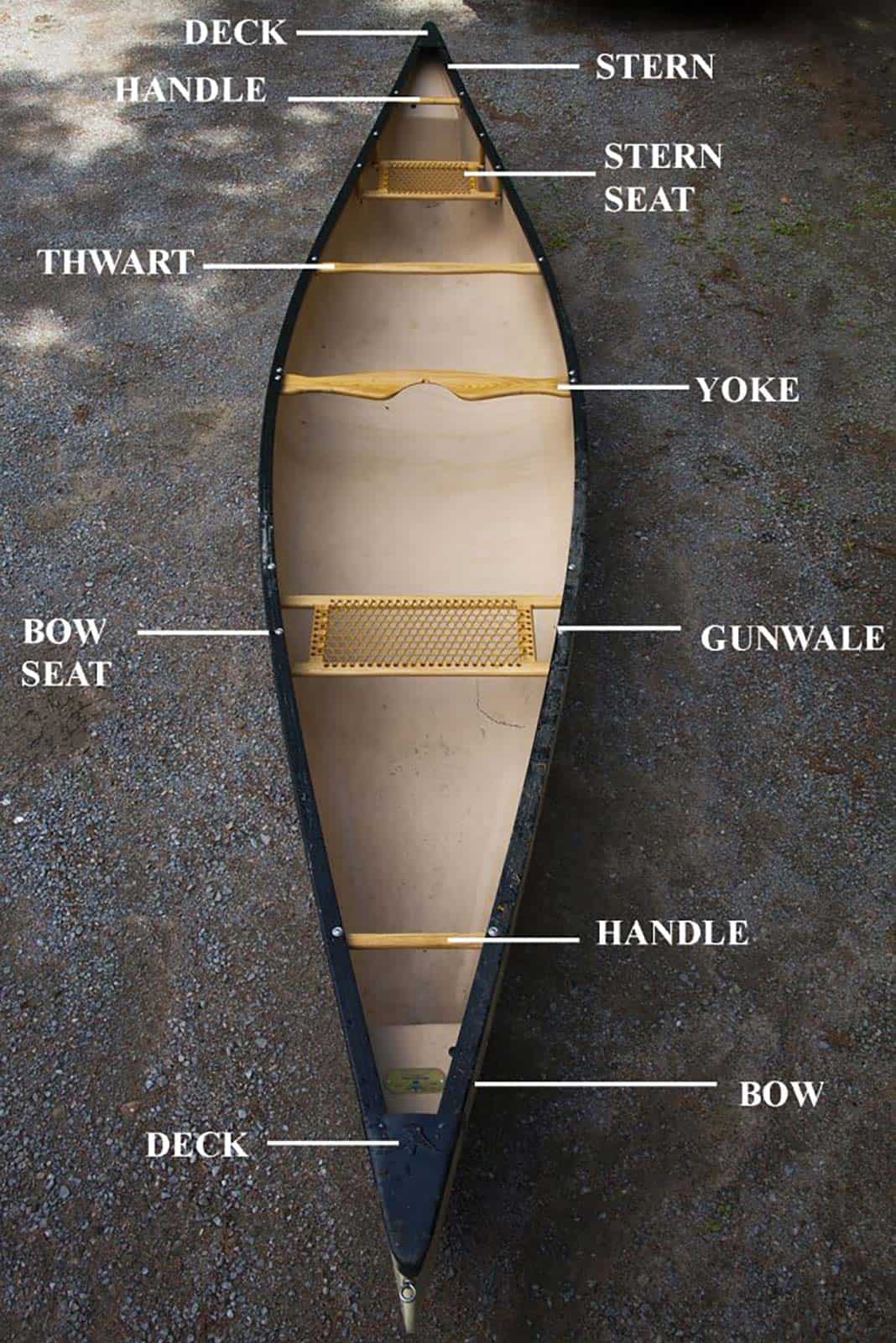
Basic parts of the canoe
Deck:
A triangular covering at the bow and stern of the boat where the gunwales are attached. It may be made of metal, wood or plastic.
Stern:
The back of the boat. When in a tandem canoe, the stern paddler will use strokes that control the direction of the boat.
Bow:
The front of the canoe. You can tell the stern from the bow because the bow will have lots of space in front and behind the seat, while the stern seat has almost no space behind.
Gunwale:
Gunwales run from bow to stern along the sides of the boat and meet at the decks. They are often made of plastic or wood.
Hull:
The hull is the main structure of the canoe and encompasses the exterior of the boat and the interior. The hull shape affects how the canoe performs on the water.
Thwart:
Thwarts are cross braces that stretch from one side of the boat to the other. They strengthen the canoe.
Yoke:
The yoke is a thwart that stretches from one side of the canoe to the other and has a small semi-circle cut out that allows for more comfort when a canoeist carries the boat on his or her shoulders while portaging.
Handle:
Some boats will have handles next to the decks that allow for easier transportation and carrying of the boat into and out of the water.
Seat:
The seat allows the paddler to sit comfortable and at a good distance from the water while paddling. There is a large selection of solo canoes, but most canoes have two seats.
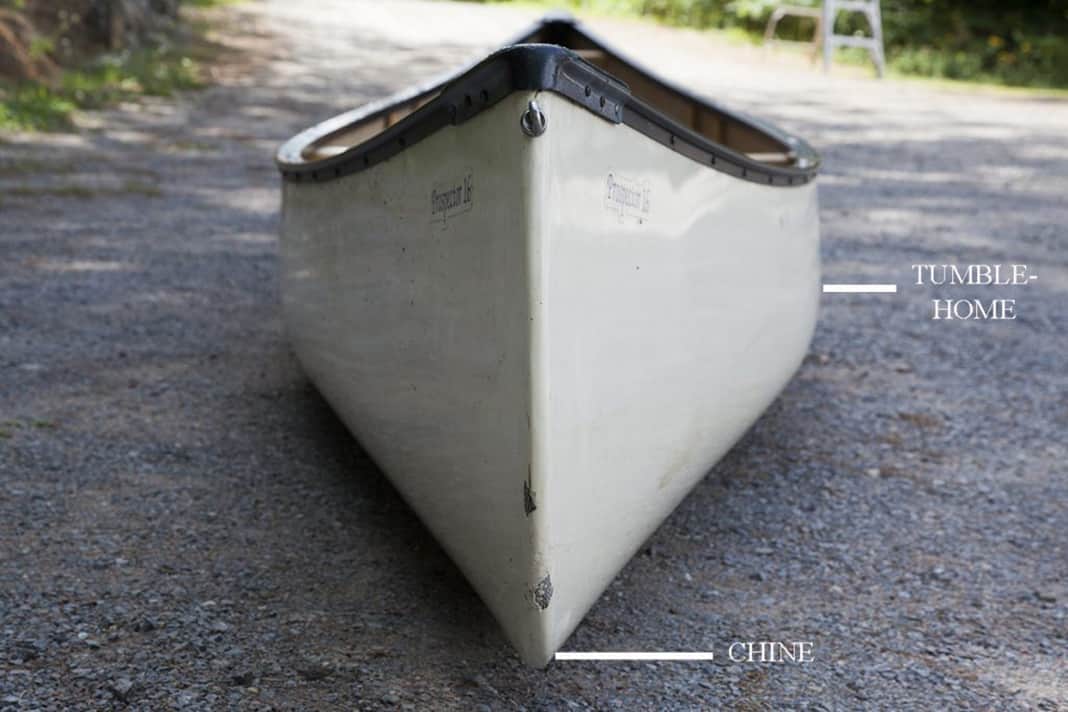
Tumblehome:
Tumblehome is identified by the width of the canoe being narrower across the gunwales than the waterline width. Boats with a tumblehome can be more stable to paddle.
Chine:
The chine is the part of the canoe where the floor becomes the wall. The shape of this transition varies, and a more angular, sharper one is referred to as a hard chine while gentle curvature is soft.
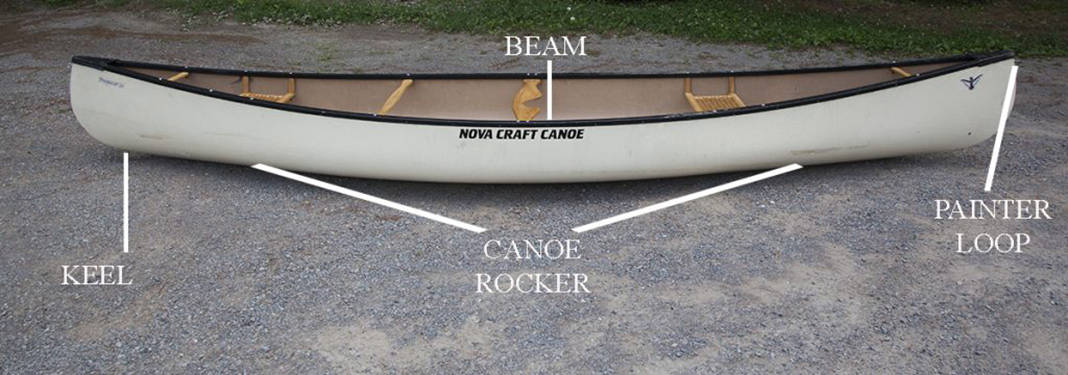
Keel:
A keel is the centerline that joins the two halves of the hull and runs bow to stern on the canoe.
Painter loop:
Painters are ropes that are attached to the canoe that can be used for tying, tracking and lining or to aid in tricky situations like a capsize. Painter lines can be attached through rings or holes in the bow of the boat.
Rocker:
Rocker is the amount of curve in the keel line of the boat from bow to stern. If a boat has a lot of rocker, less of the hull sits in the water and it will maneuver quickly but not track straight as well as a boat with less rocker.
Beam:
Beam refers to the width of the canoe, and the measurement is taken at the boat’s widest point.


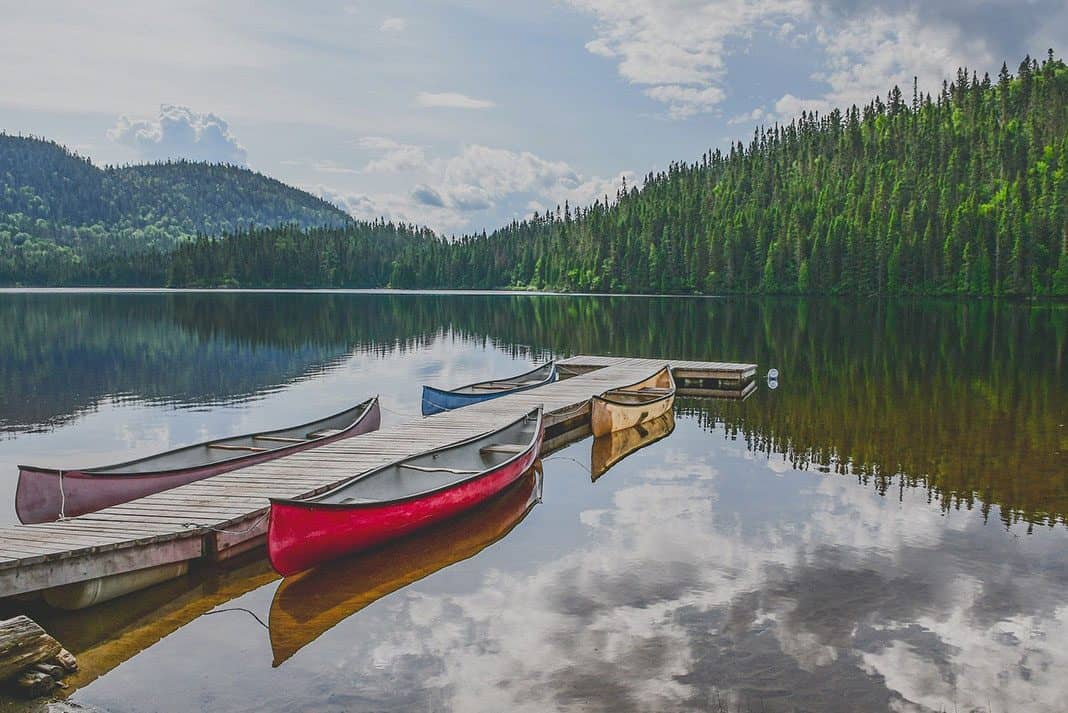

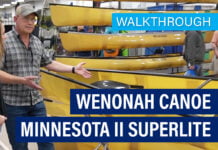
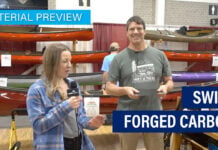
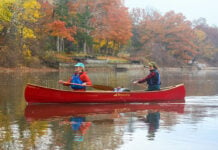
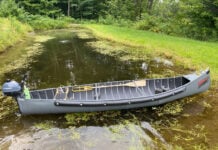

Handy article but, I guess I’m old school so, feel you missed a term. “Rib(s)”. My Grumman “whitewater” has twice the ribs of the standard Grumman aluminum canoe. Thicker skin and a rounded off keel (instead of the approx 1″ drop that gives the standard good tracking on flat water but would catch on rocks, when in a cross flow drift, on a river.). Still a great choice with much better rigidity than most composite canoes though, a bit heavy…
OMG save my life because I need to by a canoe to show my son the joys of the water thanks for the help.
kind regards David